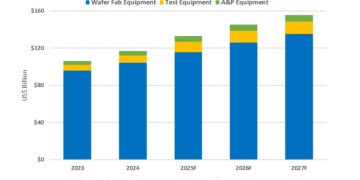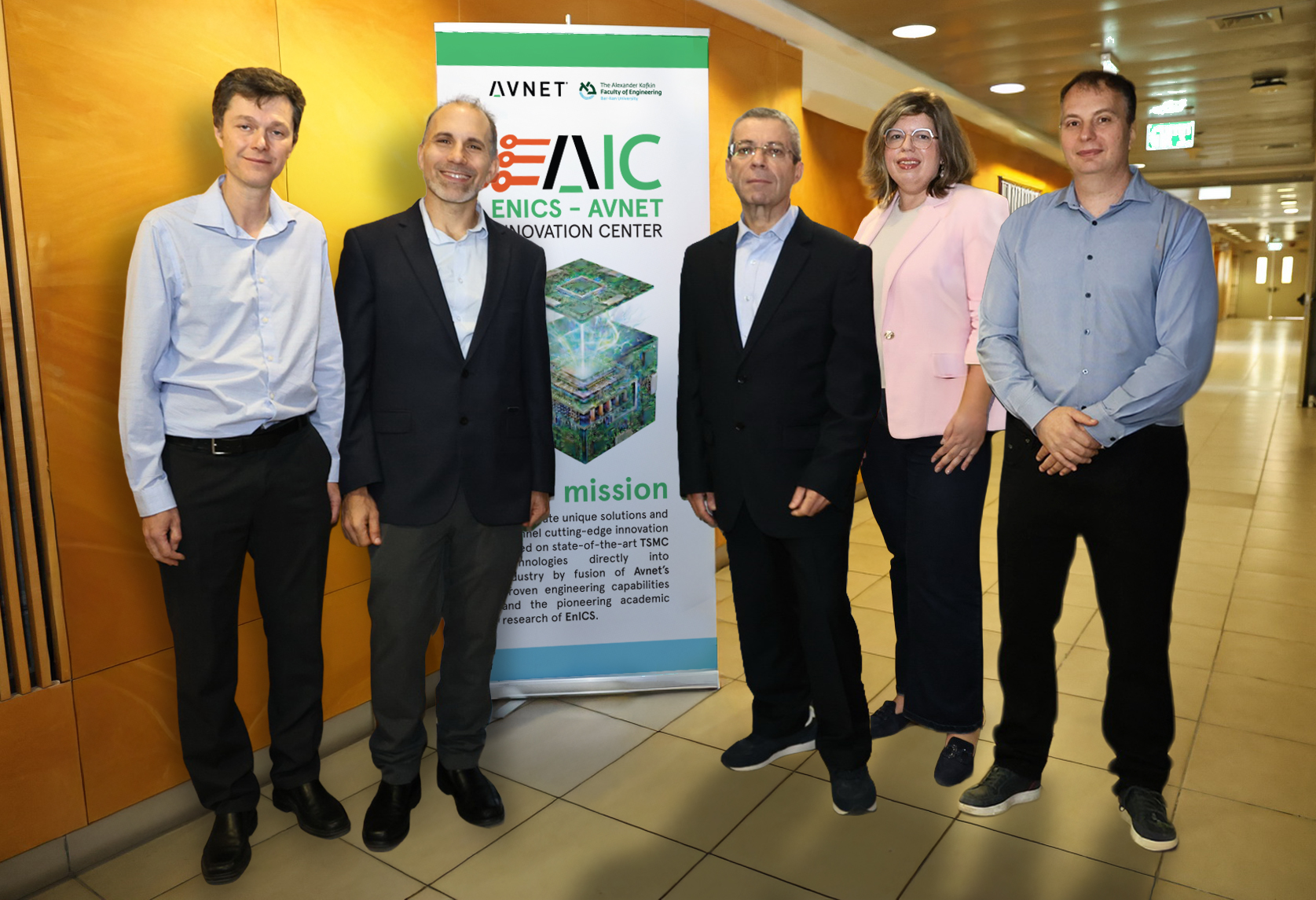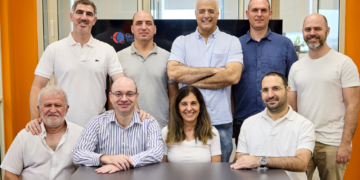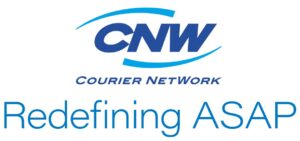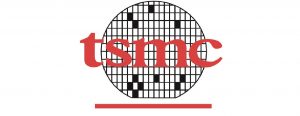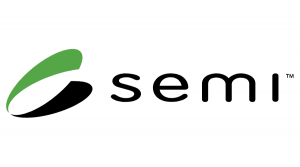Cloud computing: an opportunity for EDA
Dr. Olivier Coudert

Cloud computing is becoming more pervasive in many aspects of the day-to-day business of companies: archiving, payroll, CRM, etc.
Cloud computing: an opportunity for EDA
Dr. Olivier Coudert
Cloud computing: an opportunity for EDA
Dr. Olivier Coudert
![]()
Cloud computing is becoming more pervasive in many aspects of the day-to-day business of companies: archiving, payroll, CRM, etc. Whenever the cost of acquiring, maintaining, and scaling one’s own IT resources becomes too high, cloud computing start to become attractive.
ASIC and digital system design is a computing resource-hungry task that would certainly benefit from cloud computing. Still, EDA is mostly staying on the sideline while so many other industries are rapidly shifting towards cloud-based platforms.
Granted, there have been a few incursions of EDA into the cloud.
Synopsys and other EDA vendors have been using Amazon Web Services (AWS) to provide web-based training services. Both Synopsys and Cadence now prefer Xuropa as a web-based training platform, because Xuropa offers a service more tailored to EDA needs (e.g., input/output languages and format). These services are Infrastructure as a Service (IaaS), i.e., it gives the customer the ability to use processing, network, and storage resources in a flexible manner.
Physware and Plunify are two startups sitting firmly on the cloud-based Software as a Service (SaaS) side. Physware simulates an IC with a true 3D field solver, providing signal integrity, power integrity, and electro-migration analysis. Plunify runs multiple synthesis scenarios to offer a wide area/performance tradeoff to the user. Both use cloud computing to offer a very short, scalable, turn-around-time to their customers. Cadence also has its own cloud-based SaaS offering, with mitigated success so far.
Oh yes, and IBM has been using cloud computing for its own EDA tools for years –with more than 20,000 cores, 150 Tb of memory, running 40,000 jobs per day.
But where does that leave the big three, Synopsys, Cadence, and Mentor, as provider of EDA solutions in the cloud? For instance, physical verification is known to be very tolerant to design partitioning, so a number of physical verification tools can easily take advantage of cloud computing. Logic simulation can also benefit from massive parallelism, even though it is more challenging –partitioning a test bench is trivial, but taking advantage of a design partition for logic simulation is tricky.
It is not like the Big Three do not know what is at stake: unless there is some revolutionary technology in the making, the largest SoC will simply exceed the capacity of today’s synthesis and verification tools. Which means that the semiconductor industry should be eager to access cloud-based SaaS. However there are a few obstacles on the way:
• Tools needs to be revamped to fit the cloud infrastructure. For verification and simulation, this is not a major bottleneck though.
• It is unclear what will be the business model of a SaaS EDA in the cloud. But this is chance to propose new models that would lift the EDA market. Shall we charge by CPU/hour plus bandwidth? Or by the TAT reduction (the more servers, the smaller the TAT, the higher the fee)?
• Last but not least, security is a major obstacle for design houses to let their IP go into the cloud. But those that express their concerns about security are the same that have a private email in the cloud (Yahoo email, Gmail, Hotmail) and go happily shop on-line. Also data are arguably more reliable in the cloud because of the inherent redundancy required by fault-tolerant platforms. With time people will come to accept that the cloud is secured enough.
Given that the cloud infrastructure becomes more mainstream thanks to the many open-source resources and accumulated experience in many industries, it is just a matter of time before EDA and its customers are serious about cloud-based SaaS. Let’s just hope that the EDA companies will size the opportunity to reiterate itself as a major enabler of the semiconductor industry, and to propose a new business model that would benefit the industry.
| {loadposition content-related} |



